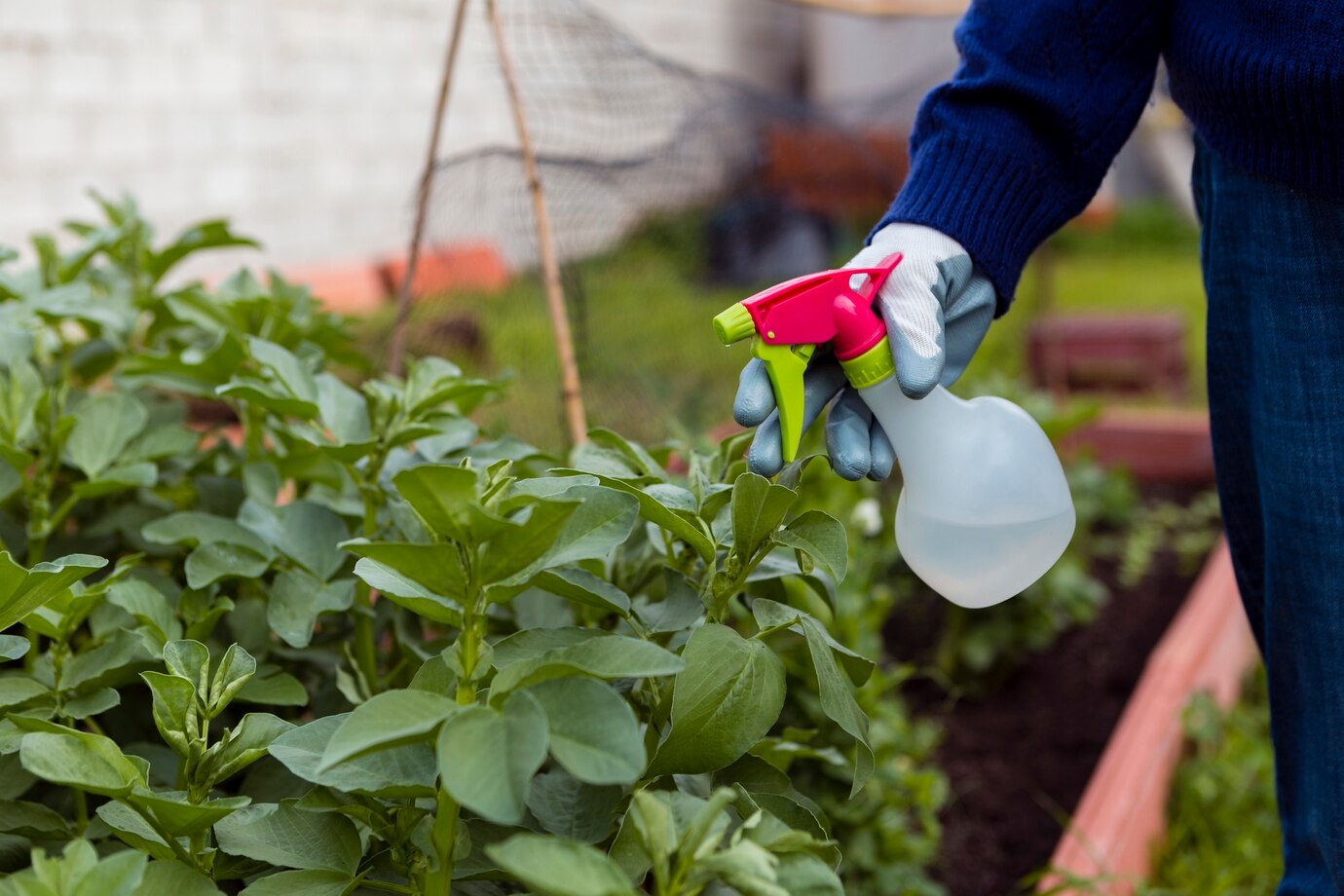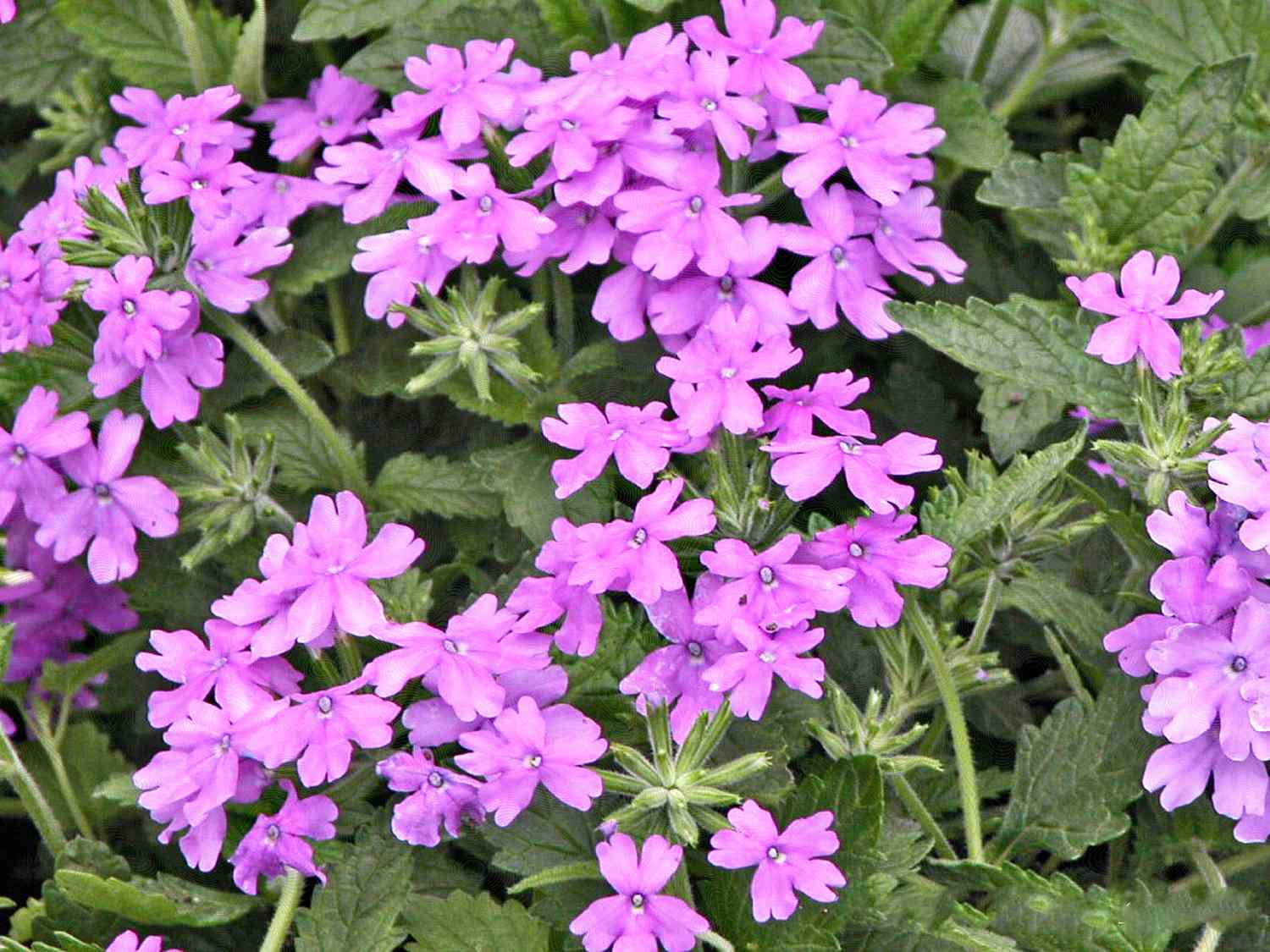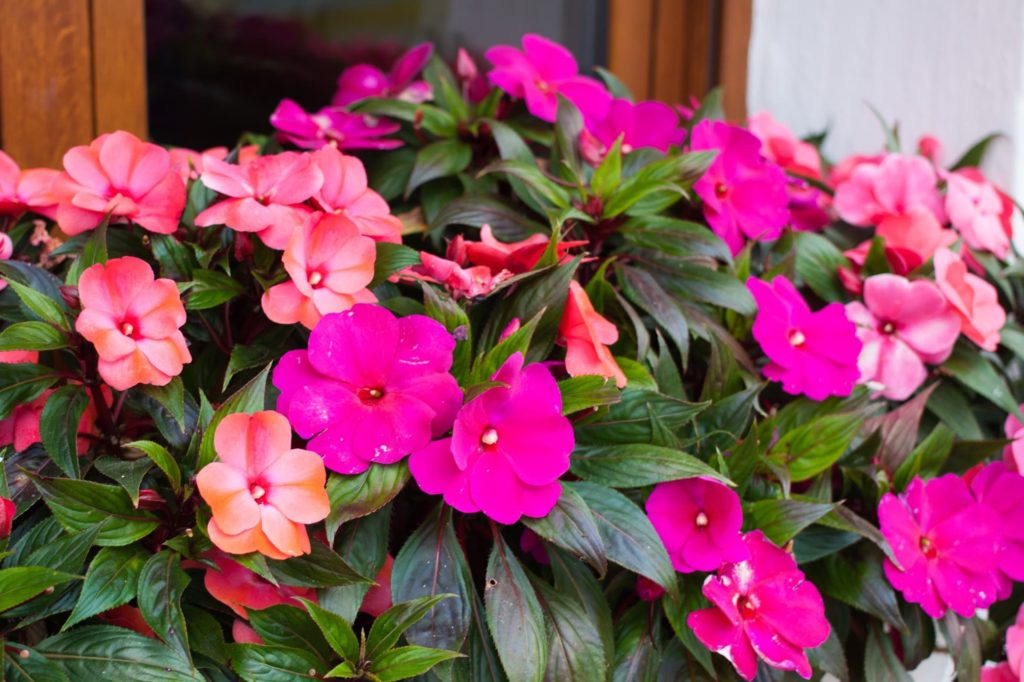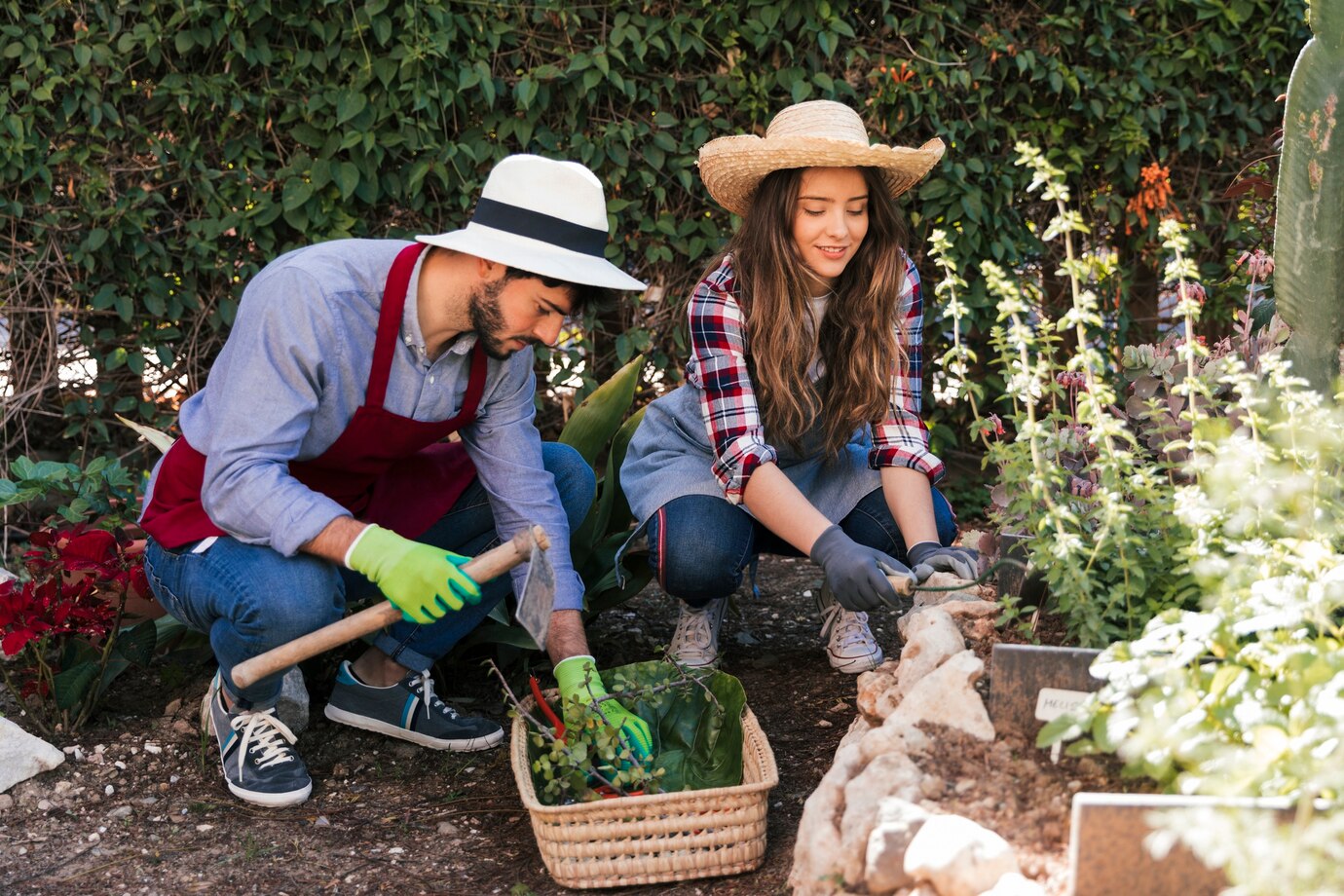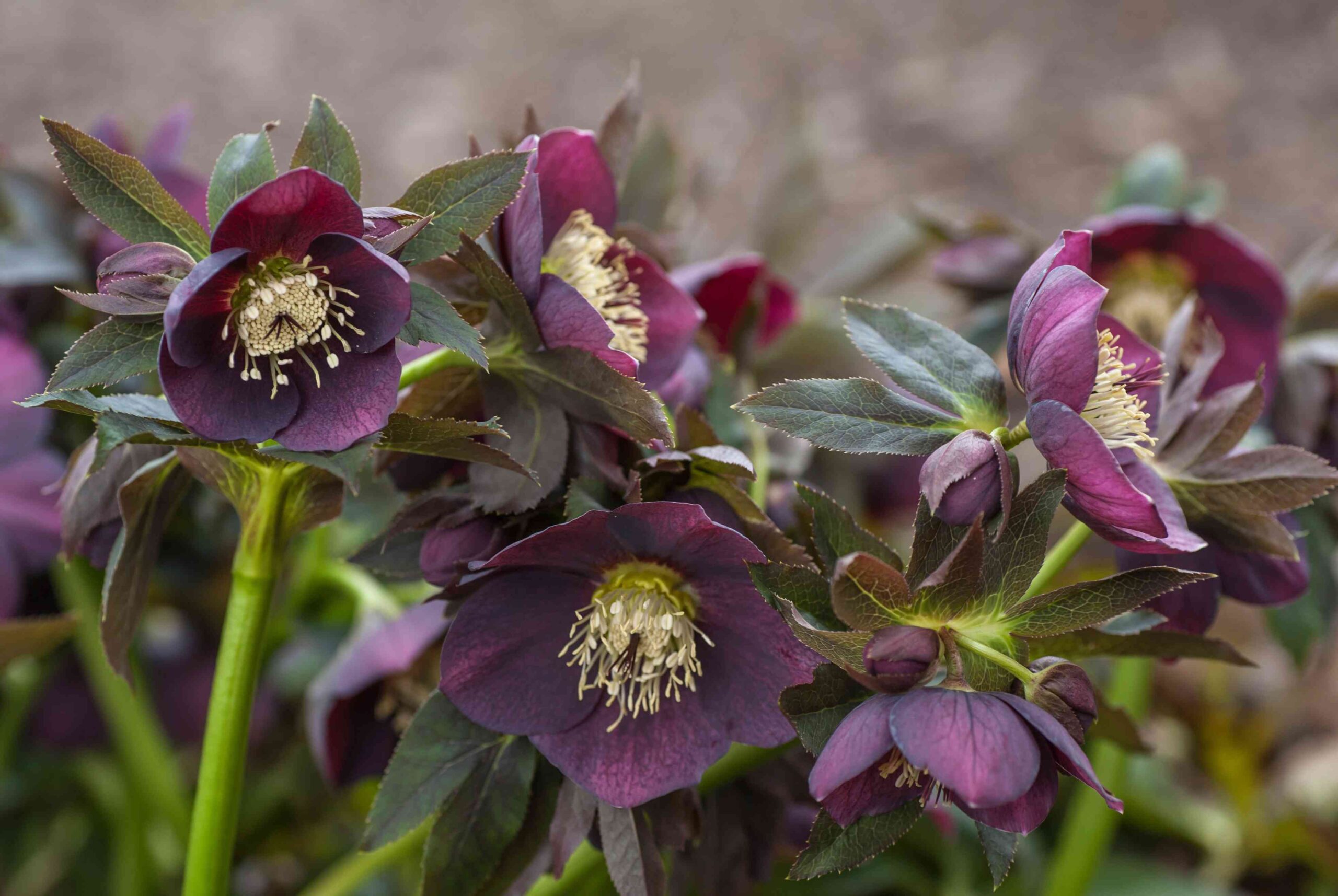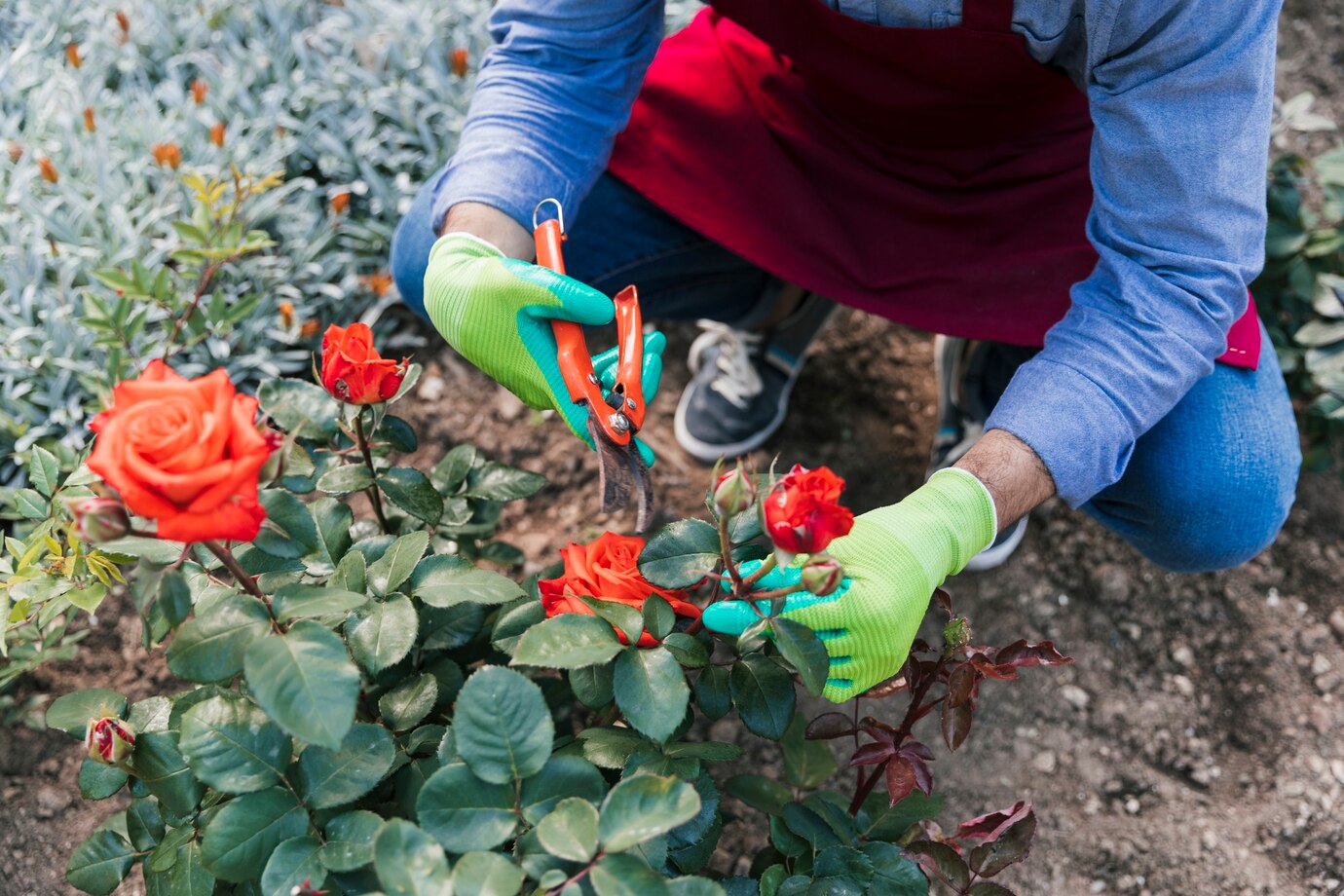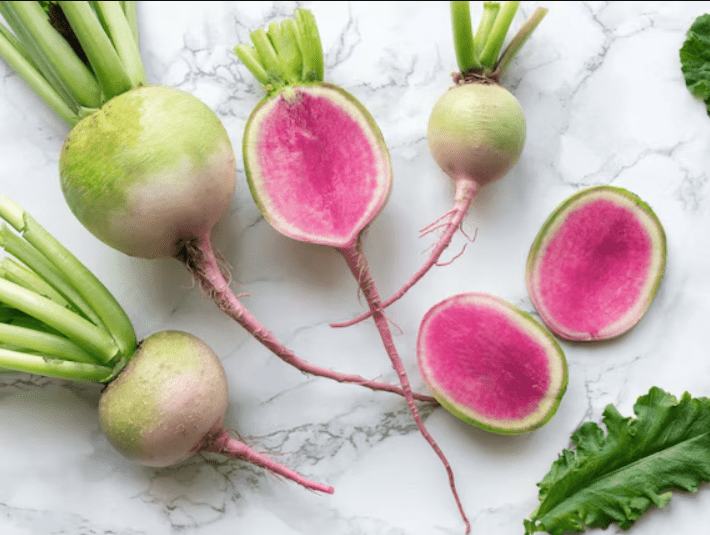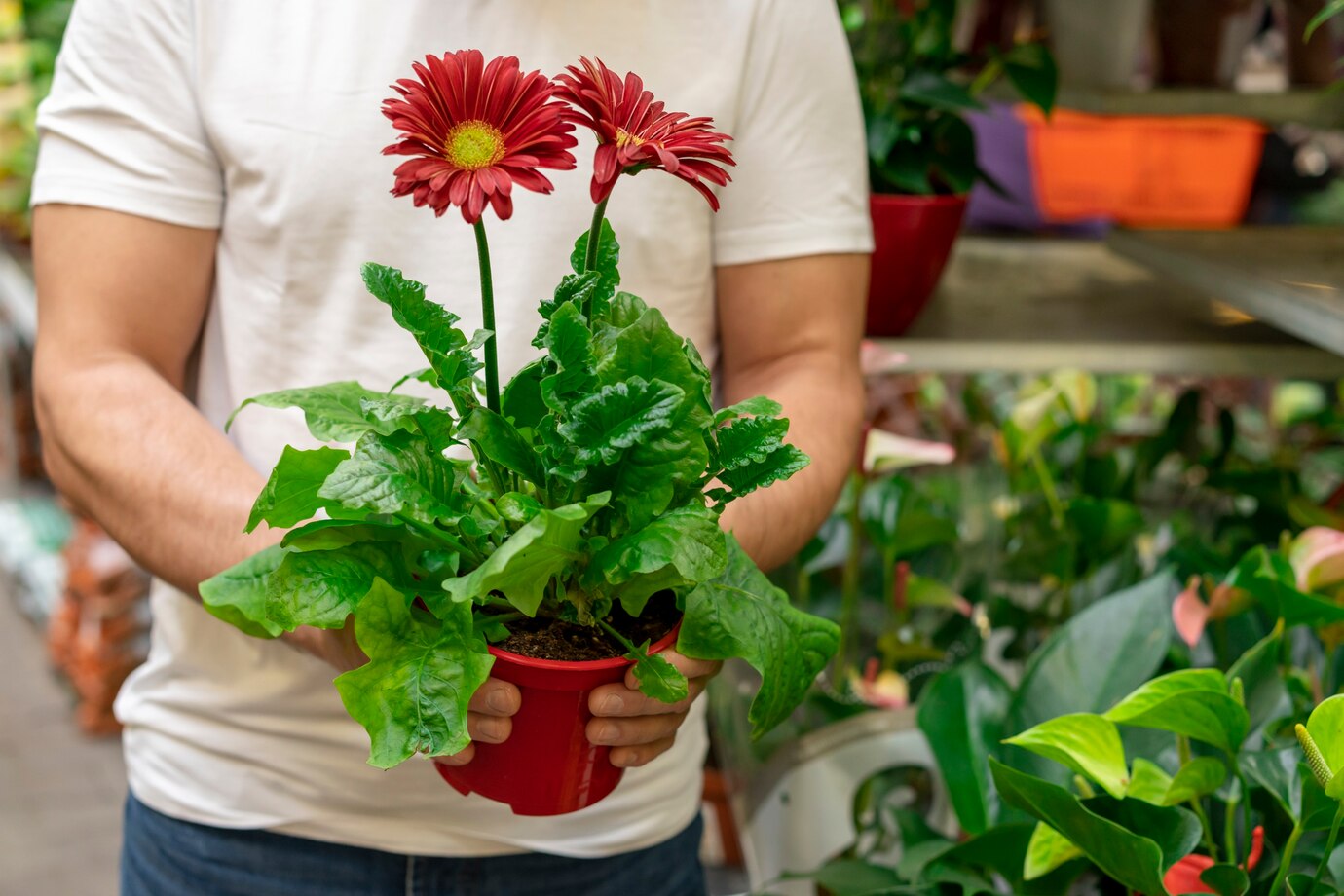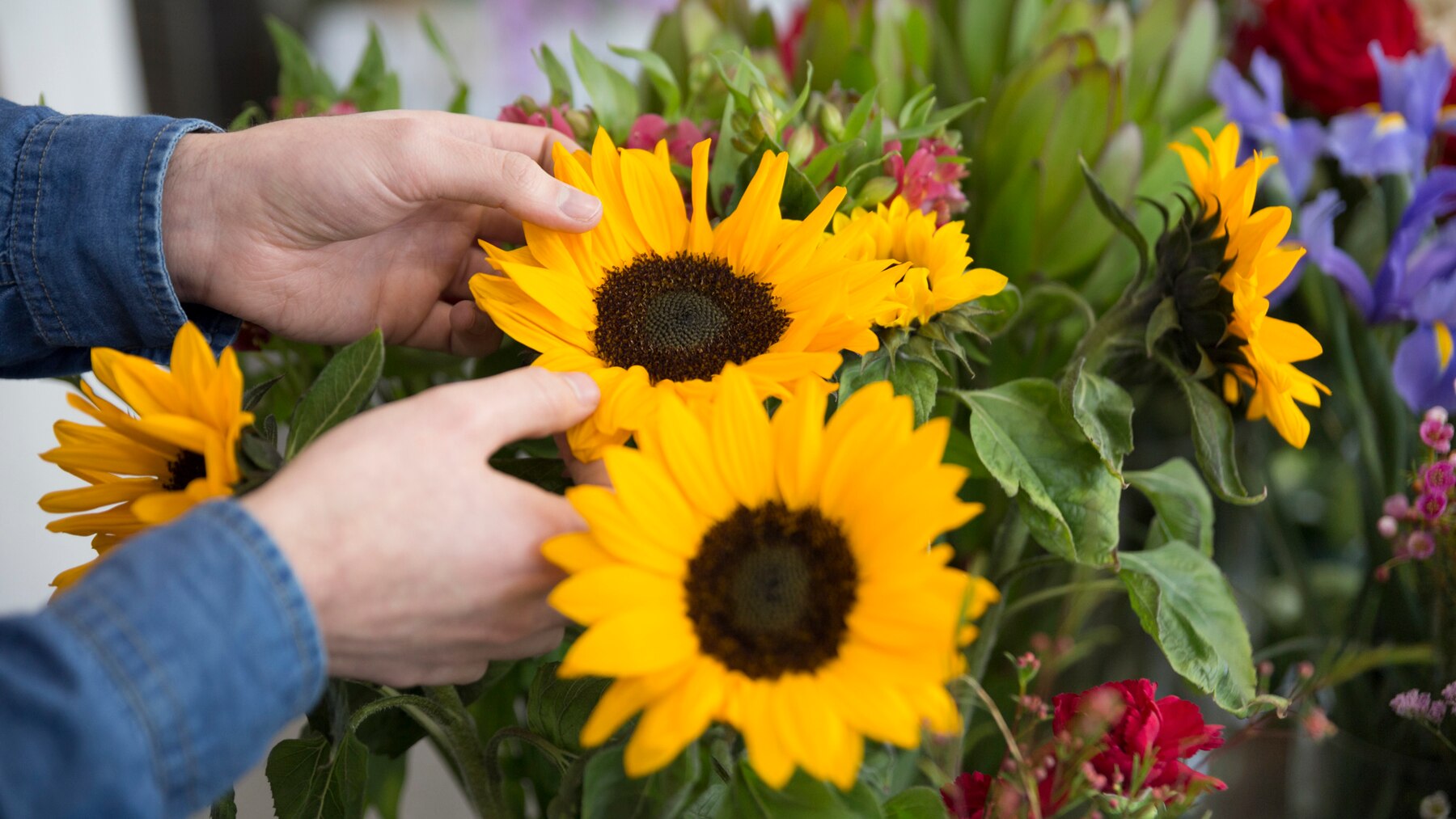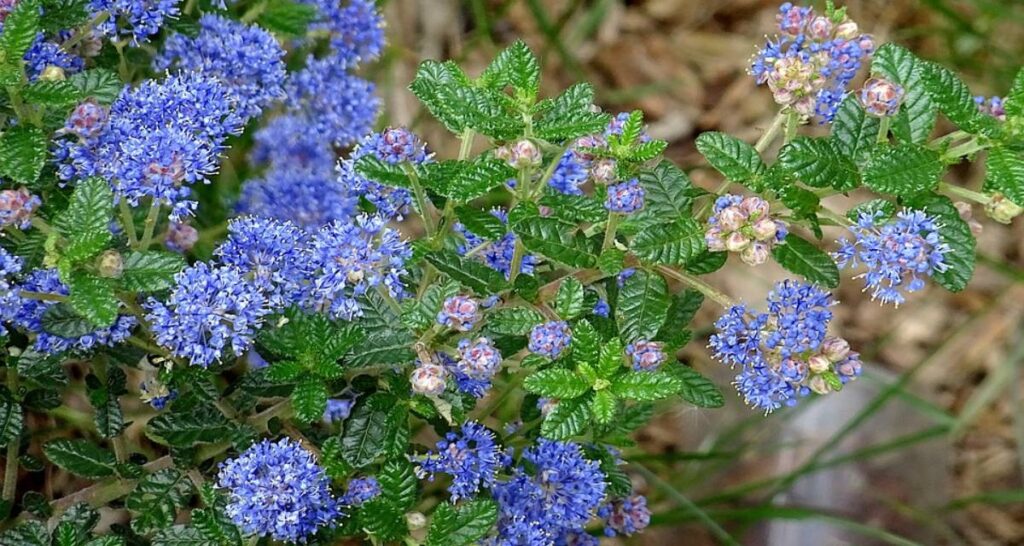pest growth and reproduction. Sometimes, neem oil is used in insecticidal soInsecticidal soap has gained popularity as a natural and effective way to tackle pest infestations on both indoor and outdoor plants. It’s eco-friendly, non-toxic, and affordable. It’s a go-to solution for pests like aphids, thrips, and spider mites. Plus, it’s easy to make your own DIY insecticidal soap.
Keep reading to discover how insecticidal soaps work, how to use them, and a simple recipe to make your own homemade insecticidal soap.
Table of Contents
ToggleWhat Is Insecticidal Soap?
Insecticidal soap is one of the safest pesticides, especially for edible plants. It’s non-toxic to animals, beneficial insects, and humans. It’s the most reliable option for organic gardening. This soap is made from a blend of distilled water and soap.
Soap is typically made from fatty acids derived from animals or plants, combined with an alkali component to form potassium salts of fatty acids.
How Do Insecticidal Soaps Work?
Insecticidal soaps work by penetrating insects’ exoskeletons, causing their cells to collapse and dry out. Essentially, the soap eats away at the bug’s cuticle, leading to dehydration and death. It also suffocates insects like scales by blocking their breathing pores. The solution acts on contact, but it should be reapplied every three to six days, depending on the level of the infestation.
What Type of Soap Should I Use?
When making your own DIY insecticidal soap spray, always use pure liquid castile soap. Avoid products with added fragrances, moisturizers, or other additives. There is also a difference between detergents and soaps.
Dishwashing detergents and liquids (regardless of color) should never be used in insecticidal soap sprays. Unlike soaps, detergents don’t contain fatty acids and can harm your plants by dehydrating them. They’re designed to strip grease and oil from surfaces, which can also negatively affect beneficial insects in your garden. Stick to pure Castile soap for a safe and effective solution.
Is Insecticidal Soap Pet and Wildlife Safe?
While insecticidal soap is non-toxic and unlikely to harm pets (as the soap is unpalatable), it can have negative effects on wildlife. The soap kills both harmful and beneficial insects, including essential pollinators and predators like wasps, hoverflies, lacewings, and ladybirds. Insects like aphids are a valuable food source for birds and other species. Therefore, it’s essential to carefully consider the impact before using insecticidal soap on outdoor plants.
How to Make Homemade Insecticidal Soap
You can make insecticidal soap with or without oil. Oil is unnecessary, but it can boost the effectiveness of your spray and extend its shelf life. Other ingredients like apple cider vinegar, ground red pepper, or garlic can also help deter pests.
Here’s how to make your own insecticidal soap spray:
- Use a clean spray bottle for your mixture.
- If you’re using oil, mix one tablespoon of soap with one cup of cooking oil. Shake the jar vigorously to emulsify the solution.
- Start with the weakest solution possible by mixing one teaspoon to 3 or 4 tablespoons of your soap base (with or without oil) per gallon of water. Use it immediately for the best results.
Tip: You can enhance your soap spray with additives to target issues like fungus or chewing insects. Based on your garden needs, you can add Bacillus thuringiensis (BT), copper fungicide, or pyrethrin to the solution.
How to Use Insecticidal Soap
To apply your insecticidal soap, use a garden sprayer and spray your plants every three to six days. Make sure to coat the entire plant. Pay particular attention to the tops and undersides of the leaves and any visible insects. Spray generously until the solution begins to drip down the plant.
You should see noticeable results by the next day. However, performing a small patch test on your plant first is a good idea, especially if you’ve added oil to the spray. Wait 24 hours to check for any damage, such as spotting, wrinkling, or browning of the leaves. If you don’t see any negative effects, you’re good to go. If you do notice damage, stop using the product.
FAQ’s
Can I use dishwashing soap to make insecticidal soap?
No, you should not use dishwashing soap. Dish soaps are designed to strip grease and oil, which can dry out your plants and harm them.
Do I need to wash insecticidal soap off after applying it?
After every application, you do not need to wash insecticidal soap off your plants. However, it can be beneficial to rinse off your plants every few applications to reduce any residue buildup. Just let the most recent coat dry before rinsing, as leaving it wet makes the soap effective in killing pests.
What plants don’t like insecticidal soap?
Always check the label on commercially sold insecticidal soap to ensure it’s safe for your plants. While insecticidal soap is generally safe, it can harm certain varieties like poinsettias, geraniums, begonias, sweet peas, portulacas, and hawthorns. It can also damage cherries, plums, tomatoes, beans, cucumbers, ferns, gardenias, and peas. Always read the label carefully to avoid potential harm to your plants.
Is neem oil an insecticidal soap?
Neem oil is an organic pesticide, not insecticidal soap. While insecticidal soap works by breaking down pests’ exoskeletons, neem oil acts as a natural insect repellent and disrupts ap to enhance pest control.

